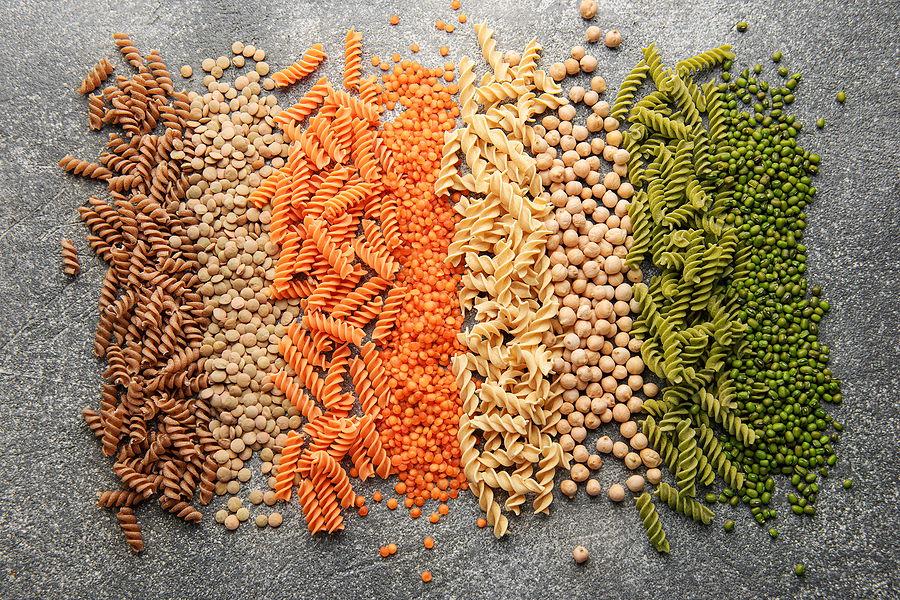
Gluten contamination of grains, seeds, and flours in the United States: a pilot study
Co-authored publication in the Journal of the American Dietetic AssociationThompson T, Lee AR, Grace T. Gluten Contamination of Grains, Seeds, and Flours in the United States: A Pilot Study. J Am Diet Assoc. 2010;110:937-940
Under the Food Allergen and Consumer Protection Act, the Food and Drug Administration (FDA) must issue a rule for the voluntary labeling of food as gluten-free. In the proposed rule, many single-ingredient foods, such as millet, are considered inherently free of gluten. Inherently gluten-free grains will be considered misbranded if they carry a gluten-free label and do not also state that all foods of the same type are gluten-free (eg, "all millet is gluten free"). Twenty-two inherently gluten-free grains, seeds, and flours not labeled gluten-free were purchased in June 2009 and sent unopened to a company who specializes in gluten analysis. All samples were homogenized and tested in duplicate using the Ridascreen Gliadin sandwich R5 enzyme-linked immunosorbent assay with cocktail extraction. Thirteen of 22 (59%) samples contained less than the limit of quantification of 5 parts per million (ppm) for gluten. Nine of 22 (41%) samples contained more than the limit of quantification, with mean gluten levels ranging from 8.5 to 2,925.0 ppm. Seven of 22 samples (32%) contained mean gluten levels >/=20 ppm and would not be considered gluten-free under the proposed FDA rule for gluten-free labeling. Gluten contamination of inherently gluten-free grains, seeds, and flours not labeled gluten-free is a legitimate concern. The FDA may want to modify their proposed rule for labeling of food as gluten-free, removing the requirement that gluten-free manufacturers of inherently gluten-free grains, seeds, and flours must state on product labels that all foods of that type are gluten-free.
